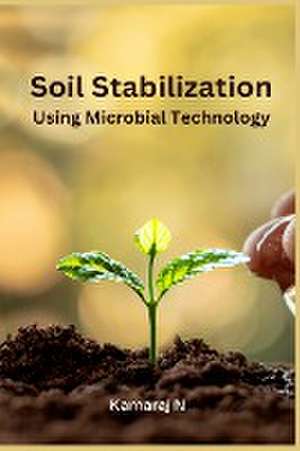Soil Stabilization Using Microbial Technology
Autor Kamaraj Nen Limba Engleză Paperback – 14 mar 2023
Preț: 285.37 lei
Nou
Puncte Express: 428
Preț estimativ în valută:
54.61€ • 56.90$ • 45.41£
54.61€ • 56.90$ • 45.41£
Comandă specială
Livrare economică 14-20 ianuarie 25
Preluare comenzi: 021 569.72.76
Specificații
ISBN-13: 9781805252191
ISBN-10: 1805252194
Pagini: 120
Dimensiuni: 152 x 229 x 7 mm
Greutate: 0.19 kg
Editura: Shortridge Books
ISBN-10: 1805252194
Pagini: 120
Dimensiuni: 152 x 229 x 7 mm
Greutate: 0.19 kg
Editura: Shortridge Books
